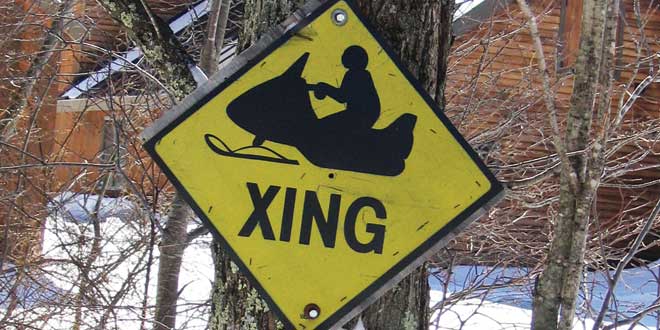Last week in Garden Gossip we started to look at a few yard and garden chores that are pertinent to this time of year. A good part of the column was dedicated to the many pests that seem to have spontaneously appeared. I suspect that the lack of a harsh killing winter is going to result in higher than usual pest numbers this summer. This is one time I’d really love to be wrong. However, since numerous garden pests have already begun their dastardly deeds around my gardens, I’m going to continue with the bug theme for at least one more column. Hopefully, if any of this pertains to your gardens, you’ll be able to get a handle on things before they get out of control.
The first bug I will comment on is the June bug (May beetle). Several people have recently asked me if June bugs are “good” or “bad.” Quite frankly, the larval stage of June bugs (known as white grubs) are horribly destructive pests of lawns and gardens. These large juicy grubs live in the soil for three years before “hatching” into the relatively benign adults that you often see banging against your porch lights at this time of year. While in the soil, white grubs feed on plant roots. Fibrous grass roots are their favourite food but they also enjoy many garden root crops as well. When numbers of white grubs are high in your lawn (usually during damp periods) they can be very destructive. When infestations occur you may notice large soft or dead patches in your lawn. You will also often see birds pecking for insects in this part of the turf and in the morning it is not unusual to see signs that skunks or raccoon were digging for grubs overnight.
So what’s a poor gardener to do? Well, the first thing is to encourage toads and garter snakes to take up residence in your gardens. These two predators love June bugs. Mole will also happily eat tons of June bug larva but you end up with all sorts of tunnels in your yard when they are around. Bats are good night time predators of the adult beetles as well. Unfortunately, sometimes Mother Nature needs a little bit of a hand. There are a couple of options available to lawn owners that are super easy to implement. June bugs are far more damaging to unhealthy lawns than to vigorous healthy grass. Make sure your turf is well aerated, de-thatched and properly fed and watered. Now for some advice most lawn “enthusiasts” hate to hear. Raise your lawnmower. Super short grass is horribly unhealthy and plays right into June beetles hands… if they had any. June beetles have difficulty laying their eggs in longer grasses so why make it easy for them. Next, leave your lawn clippings behind instead of raking them up. Decomposing lawn clippings help create a healthy environment that is full of beneficial microorganisms. This leads to much healthier grass. Also, water only once a week and when you do, water very deeply. This encourages your grass plants to establish deep healthy root systems that are resistant to white grubs. Frequent shallow watering leads to weak shallow roots and a white grub infestation on top of that can be calamitous.
Another option if white grubs become a serious problem for you, and this gentle approach does not work, is to apply some biological controls. You can drench your lawn with Bacillus thuringiensis (Bt) or with milky spore. These are both natural bacterial products that are deadly to white grub (and Bt also affects several other lawn and garden pests) while being completely safe for you, your children, and your pets. Either of these products can be purchased through good garden centers or from most garden catalogues. Just follow the package directions and your white grub problem will be just a bad memory.
Another pest that seems to be a huge pest right now is the flea beetle. Traditionally a spring problem, the flea beetles are living up to their unsavoury billing and are in the garden in Biblical plague proportions this spring. Flea beetles are tiny (about 1-2 mm) black shiny beetles that jump just like fleas when frightened. They eat numerous holes in the leaves of vegetables and leave them looking like they were shot by a shotgun. Heavy infestations quickly eat entire seedlings to the ground. Any plants in the cabbage family as well as mustards, Asian greens and radishes seem to be extremely attractive to flea beetles. To protect these crops, covering them immediately after planting with a floating row cover is your very best option. If you are unable to do this, use yellow sticky traps that are sold for aphids. These traps will quickly turn black from all the beetles you catch. Beneficial nematodes and diatomaceous earth are a couple of other safe options for those who eschew the chemical route.
And that’s a couple more pests to deal with. Sadly, there are still many more!




